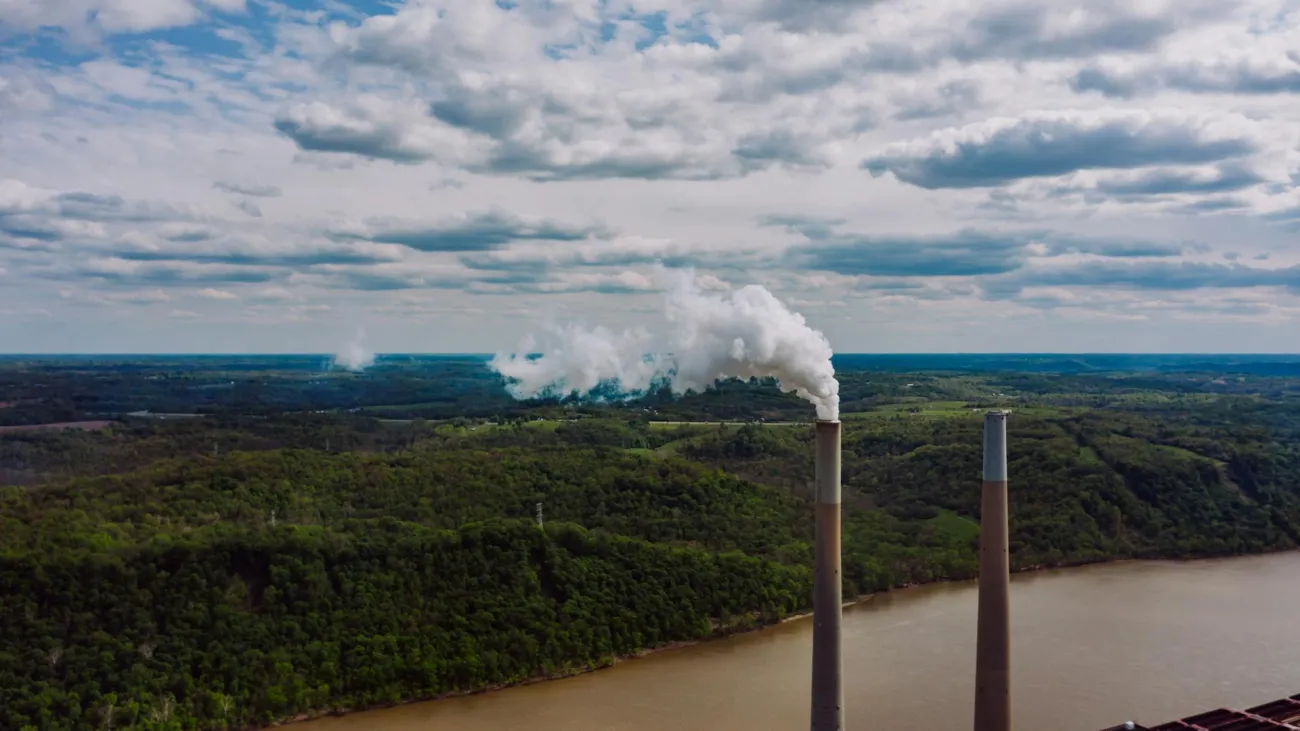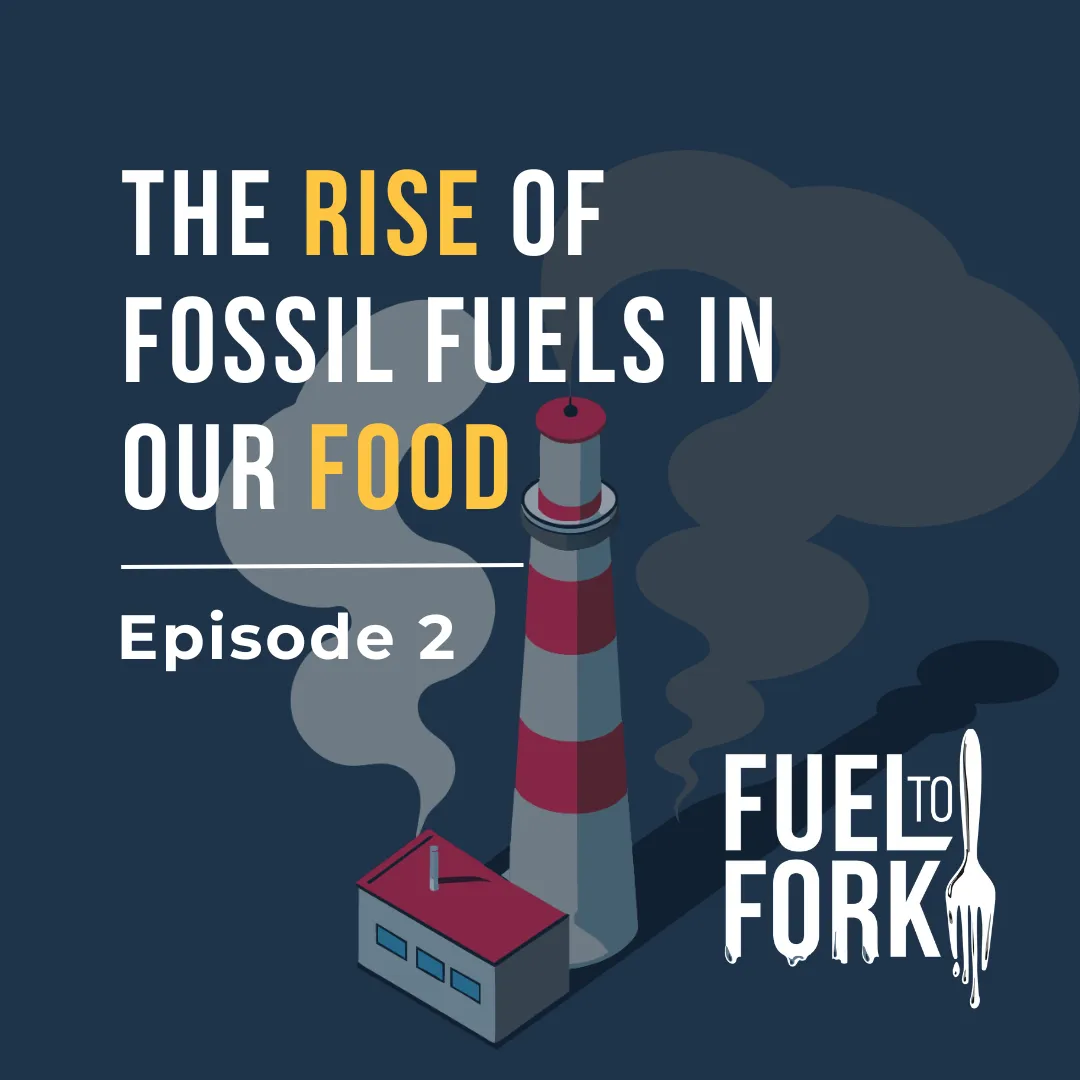This is a very interesting paper that reviews the literature on the relationship between consumption and GHG emissions, between population and emissions, and the interactions among all three. It raises doubts that improvements in technology, or shifts in patterns of behaviour (consumption) will be sufficient in addressing GHG emissions unless combined with a greater focus on population growth (scale effects).
Reference, abstract and conclusions as follows:
Abstract
Centuries of speculation about the causes of human stress on the environment is now being disciplined with empirical evidence, including analyses of differences in greenhouse-gas emissions across contemporary nation states. The cumulative results can provide useful guidance for both climate projections and for policy design. Growing human population and affluence clearly contribute to enhanced environmental stress. Evidence does not support the argument for amelioration of greenhouse-gas emissions at the highest levels of affluence. However, the role of other factors, such as urbanization, trade, culture and institutions remains ambiguous.
Conclusions
The substantive conclusions that one draws from the comparative literature on greenhouse-gas emissions is sobering. The population and economic growth that can be anticipated in coming decades will tend to push emissions substantially upward — a scale effect. We do not know whether shifts in the efficiency of production or in the composition of consumption will accelerate or counteract the scale effect. However, most policy proposals for limiting the magnitude of climate change address only mechanisms for changing composition and technique, taking increasing scale as given. Yet to be empirically demonstrated is that technological and composition shifts can consistently produce such a countervailing effect that neutralizes scale effects. Indeed, much of the resistance to climate change mitigation policy points to the presumed large-scale changes in technology and forms of consumption that will be required to stabilize atmospheric concentrations of greenhouse gases. These changes will need to be huge because they must counter substantial increases in scale coming from population growth and especially increasing affluence. Concern with the magnitude of population and economic growth has led to renewed calls to slow population growth as well as to questions about the relationship between affluence and societal health and well-being. However, in a time of global recession with intensified demands for economic growth, and with waxing concern about how elderly populations can be supported in low-fertility nations that have a high dependency ratio, such reconceptualizations of basic societal goals face a struggle. Nonetheless, it is clear that reducing emissions of greenhouse gases in the face of scale growth will not occur in the context of the institutional, political and cultural forces that have prevailed so far.
Reference
Eugene A. Rosa, Thomas Dietz. Human drivers of national greenhouse-gas emissions. Nature Climate Change, 2012; DOI: 10.1038/nclimate1506
You can download the paper here. Science Daily covers the paper here.




Comments (0)